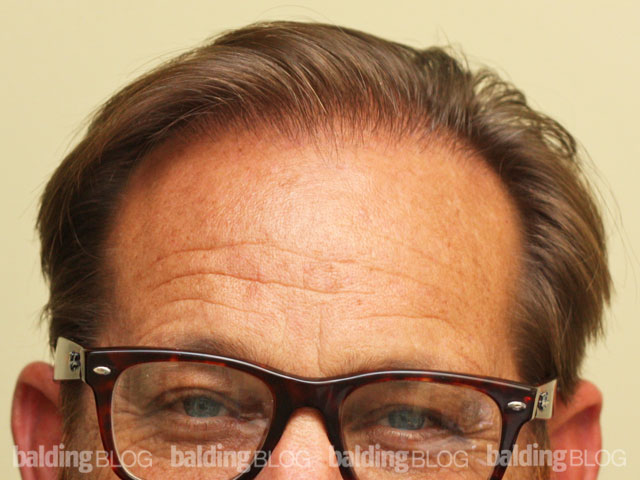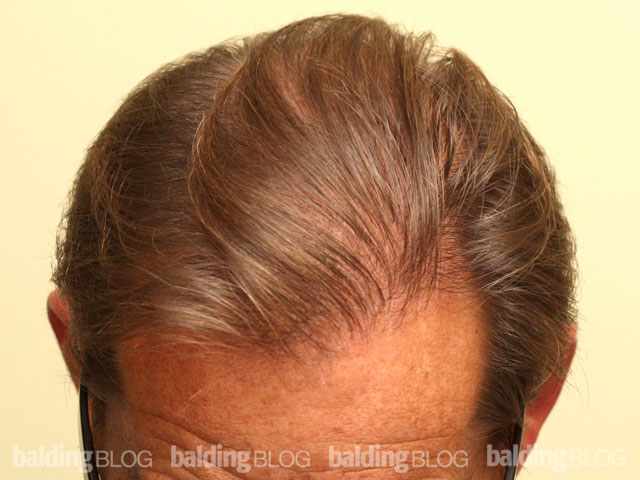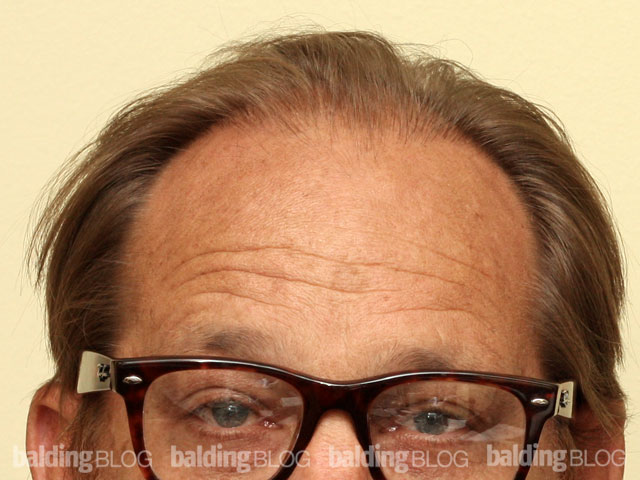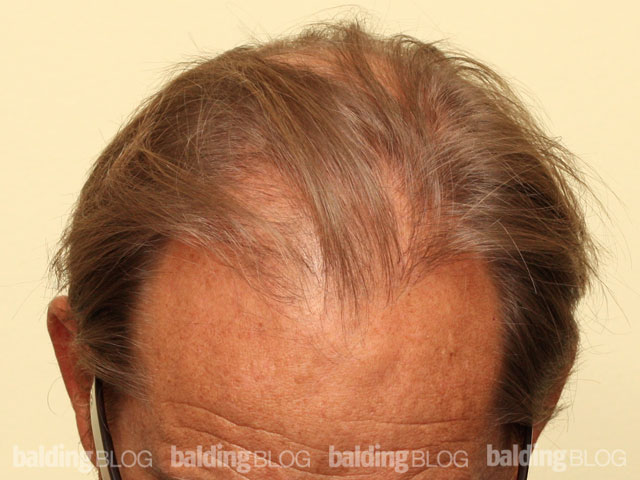Hello,
I wanted to ask a question about scabs. I am 33 year old African American male and I had surgery done for 1000 grafts about 15 days ago. After the surgery, I was told not to wash them until the next day. I was told I was “poppy” which mean, I bled alot when the surgery was being performed. These forms little round beads of blood when I left, but I could see my hair transplants nicely.
When I washed my head, I was careful not to move them, so I just dabbed them and rinsed. Over the next week, these turned into scabs.
Now, my scabs are falling off when I take a shower, or when I lightly move them, with no bleeding. However, what I am noticing is there is hair stuck on them. I am so afraid that they are taking with them the hair follicles.
Is there a way I can find out instead of waiting 3 months. I still have some scabs remaining and it is exactly 2 weeks since I had surgery.
How can I be sure that my anchors are still in place.
Any ideas, thoughts appreciated.
Thank you

Everyone experiences hair in the scabs when they come off. The key to good management is to get the scabs off immediately after the surgery. Now you should wait until the scabs come off with gentle shampooing of your hair. The hair you see in the scabs should not be the grafts, unless the grafts were not seated correctly on the time of the surgery. Talk to your surgeon about proper aftercare.




